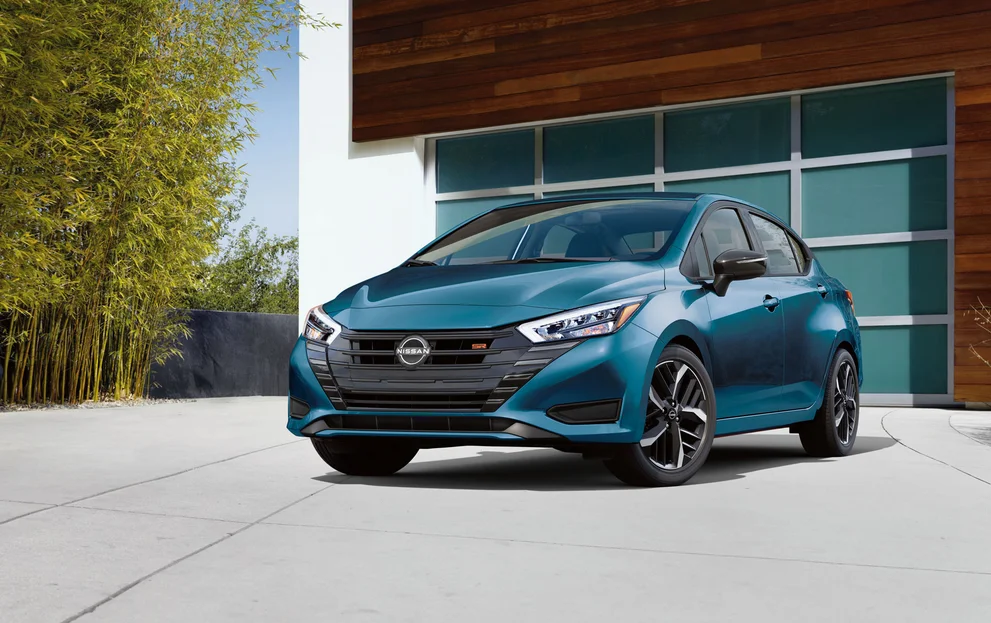When buying a new vehicle, most consumers consider a wide range of factors—price, fuel efficiency, safety ratings, brand loyalty, and aesthetics. However, one element that often flies under the radar is how well the vehicle will retain its value over time.
Vehicle depreciation is one of the most significant yet least discussed costs of car ownership. In fact, most new cars lose an average of 20% to 30% of their value in the first year alone, with continued depreciation year after year.
But not all vehicles follow the same trajectory. Some models maintain their worth remarkably well, while others lose value at an alarming rate, often dropping to less than half their original price in just a few years.
Understanding vehicle depreciation can significantly impact your long-term financial strategy, whether you’re purchasing a car outright, financing it, or leasing it. When a vehicle holds its value well, owners benefit in multiple ways: higher trade-in or resale value, better equity during financing, and more favorable lease terms.
On the flip side, cars that depreciate quickly can lead to being “underwater” on a loan—owing more than the car is worth—and can drastically reduce your ability to recoup money when it’s time to sell.
Several key factors influence whether a vehicle holds its value. Reliability is perhaps the most critical. Brands that are known for building durable, low-maintenance vehicles often retain value better because they inspire confidence among used car buyers. Market demand also plays a major role.
Trucks and SUVs, particularly those with off-road or utility capabilities, tend to fare better in resale markets compared to compact sedans or niche performance cars. Fuel efficiency, safety features, and brand reputation are also vital considerations.
Vehicles from automakers with strong reputations—such as Toyota, Subaru, or Porsche—often retain more value simply because the public perceives them as trustworthy. On the other end of the spectrum are vehicles that depreciate quickly.
These cars often suffer from a combination of factors such as poor reliability, low consumer demand, outdated designs, or high maintenance costs. Luxury cars, for instance, frequently lose value fast due to their steep upfront prices and expensive upkeep, even if they offer cutting-edge features.
Discontinued models, vehicles from brands with shaky reputations, and those plagued by mechanical issues also tend to fare poorly in terms of depreciation.
It’s also worth noting that depreciation is not purely a result of the vehicle’s inherent quality. Economic conditions, changing fuel prices, consumer preferences, and technological advancements can all influence how the market values certain types of cars.
For instance, rising fuel costs can make hybrid and electric vehicles more attractive, while technological obsolescence can rapidly diminish the value of models that lack the latest infotainment or safety systems.
In this article, we’ll explore two sides of the vehicle value equation. First, we’ll highlight five standout models that consistently retain over 70% of their original value after several years—vehicles that serve not just as transportation but as smart investments.
These include brands and models that have built reputations around longevity, quality, and consumer demand. Then, we’ll examine five vehicles that, for various reasons, struggle to retain their value—examples that serve as cautionary tales for anyone seeking a long-term, cost-effective purchase.
Whether you’re a first-time car buyer, a seasoned owner, or someone simply looking to make a more financially sound automotive choice, understanding depreciation is crucial. The goal of this article is to empower you with insights that go beyond surface-level marketing or showroom appeal.
Knowing which vehicles protect your wallet over time can be just as important—if not more so—than picking a car based on horsepower or leather seats. Let’s take a deep dive into the cars that are winning the long game in value retention—and those that are falling behind.
Also Read: 5 Cars With Engines That Don’t Leak Oil and 5 That Constantly Do
5 Vehicles That Retain Over 70% of Their Value
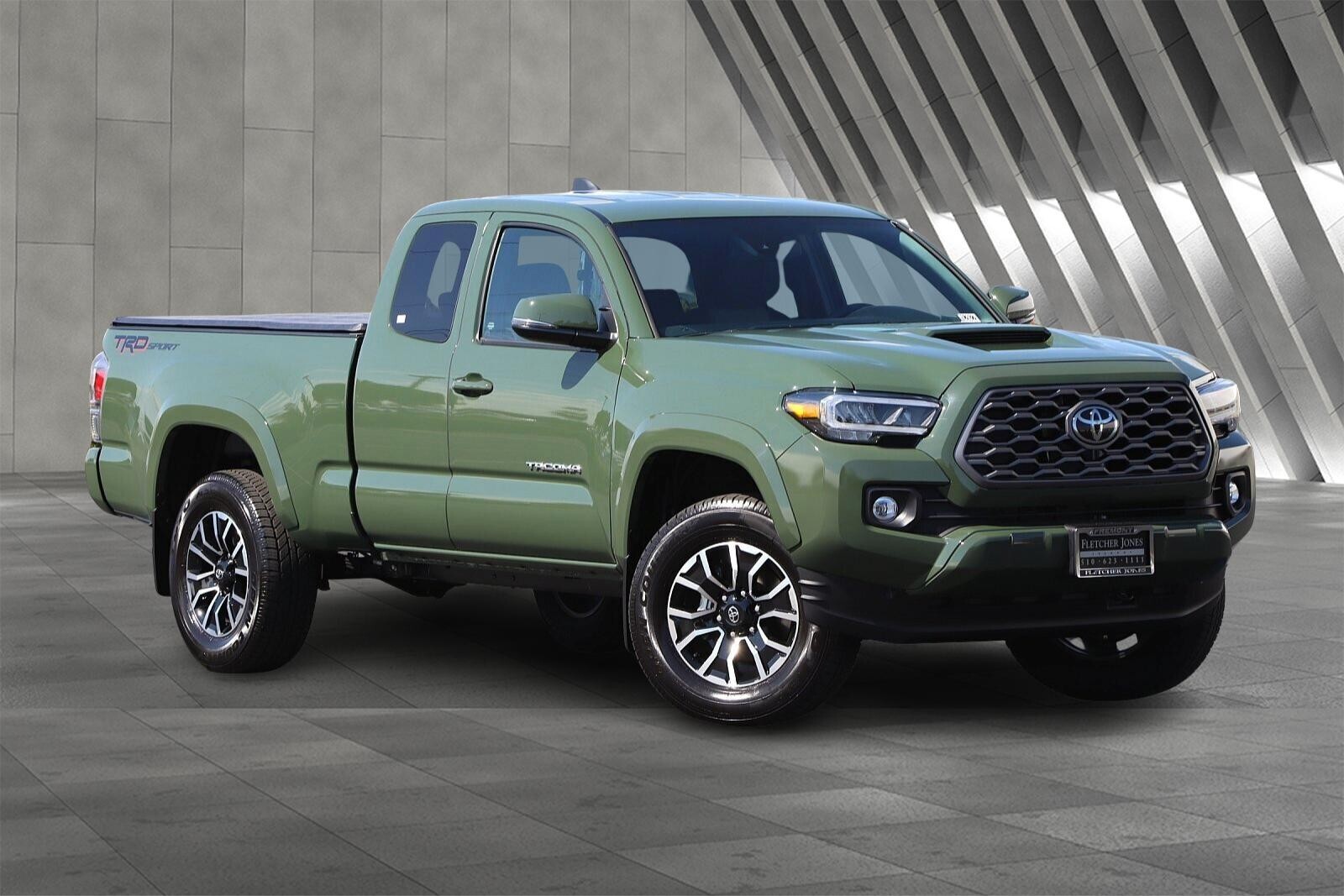
Toyota Tacoma
The Toyota Tacoma is a midsize pickup truck that has become synonymous with durability, reliability, and strong resale value. For years, the Tacoma has dominated the used truck market thanks to its ability to hold up well under harsh conditions and heavy use.
Its reputation for mechanical longevity is practically unmatched, which is a huge factor contributing to why it retains over 70% of its value even after several years. Owners often praise the Tacoma for its ability to run reliably past 200,000 miles with minimal major repairs, making it an appealing choice for both new buyers and used car shoppers.
This reputation isn’t just anecdotal; Toyota’s engineering approach emphasizes simplicity and robustness, which reduces the likelihood of expensive breakdowns. The Tacoma’s drivetrain, especially its engine and transmission, is known to be bulletproof when properly maintained.
This reliability translates into greater confidence for buyers in the used market, which drives up demand and resale prices. Moreover, Toyota’s extensive dealer network and parts availability make upkeep relatively hassle-free, further enhancing the truck’s desirability.
Another critical reason for the Tacoma’s strong value retention is its blend of utility and lifestyle appeal. It’s not just a workhorse but also a popular choice for outdoor enthusiasts.
With excellent off-road capabilities, the Tacoma appeals to buyers who want a vehicle capable of handling rugged trails and weekend adventures. Its reputation as a “go-anywhere” truck means that it holds its value even in markets where pickup trucks are less common because it offers a unique combination of ruggedness and comfort.
Lastly, the Toyota Tacoma benefits from limited supply relative to demand. Toyota deliberately keeps production somewhat controlled, and the truck’s strong following creates a healthy secondary market where used Tacomas can command prices close to new models.
Special editions and trims with off-road packages, like the TRD Pro, add even more value, appealing to niche buyers who seek exclusivity and enhanced capability. This combination of scarcity, quality, and brand loyalty makes the Tacoma one of the best vehicles to invest in if value retention is a priority.
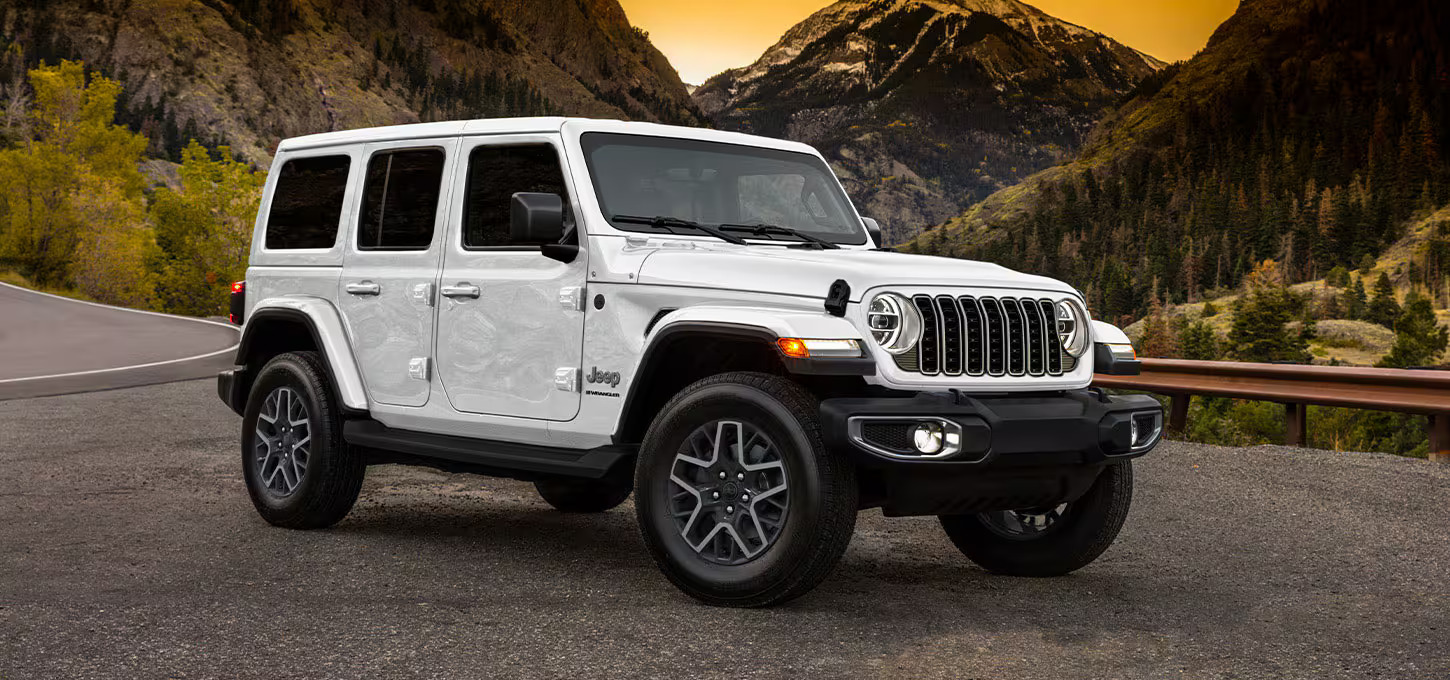
Jeep Wrangler
The Jeep Wrangler stands out as one of the most iconic SUVs on the road, renowned for its off-road prowess and distinctive style. Its value retention is remarkable, often holding more than 70% of its initial value after several years.
This is unusual in the SUV segment, where many models depreciate quickly due to market saturation and shifting consumer preferences. The Wrangler’s unique appeal lies in its heritage and lifestyle branding, which creates a strong emotional bond between the vehicle and its owners.
Wranglers are designed to be rugged and functional, with a body-on-frame construction that enhances durability in off-road conditions. The vehicle’s design remains relatively consistent over decades, preserving its classic look and making it highly recognizable.
This timeless styling combined with genuine off-road capability means the Wrangler is in constant demand by outdoor enthusiasts, collectors, and those seeking a versatile SUV. The vehicle’s legendary four-wheel-drive system and solid axles are prized by off-roaders, enhancing the Wrangler’s reputation as a vehicle that can take on extreme terrain.
Additionally, Jeep offers a variety of special editions and trims that appeal to different buyer preferences, including the Rubicon, which is heavily equipped for off-roading. These variants often command premium prices in the used market due to their specialized features and limited production runs.
The Wrangler’s resale value is further supported by strong aftermarket demand. Jeep owners often customize their vehicles with lifts, tires, and accessories, creating a vibrant community that values and preserves these SUVs.
Another factor in the Wrangler’s value retention is its cultural cachet. The vehicle symbolizes freedom, adventure, and rugged individualism, which resonates with a wide demographic. This emotional connection ensures steady demand and higher resale prices, even in markets where SUVs are abundant.
The Wrangler also benefits from consistent updates that improve reliability and technology without sacrificing the model’s core identity. These incremental improvements help maintain buyer interest and support its strong value retention over time.
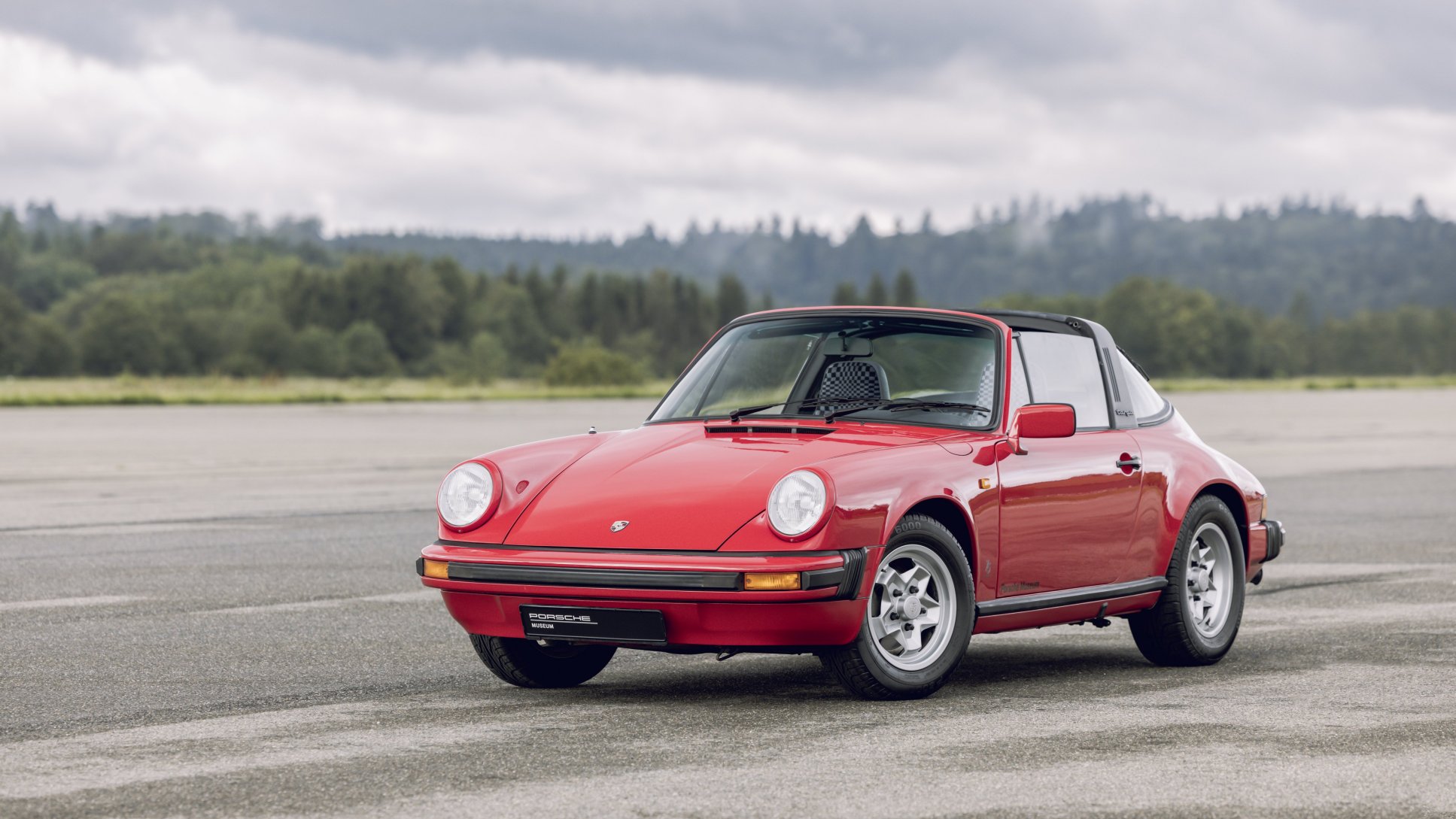
Porsche 911
The Porsche 911 is not only a high-performance sports car but also a savvy investment for many buyers. Unlike many luxury or sports cars that lose a substantial portion of their value within the first few years, the 911 holds its worth exceptionally well, often retaining more than 70% of its value over time. This is a result of a perfect blend of engineering excellence, exclusivity, and cultural significance within the automotive world.
One key reason for the 911’s value retention is its timeless design. The car’s silhouette has evolved but remained instantly recognizable for over half a century. This consistency creates a strong sense of heritage and collectability.
Porsche carefully balances innovation with tradition, introducing technology upgrades and performance enhancements without losing the classic 911 character that enthusiasts crave. This approach makes the 911 a car that holds its desirability for decades.
From an engineering perspective, the 911 is known for its precise handling, powerful yet reliable flat-six engines, and superior build quality.
Porsche’s commitment to performance and durability means owners can expect a rewarding driving experience along with fewer major mechanical problems compared to other sports cars. This reputation encourages buyers to pay a premium for used 911s, knowing they’re getting a vehicle that performs well and maintains quality over time.
Moreover, the 911 benefits from a strong enthusiast community and motorsport legacy. The car’s participation in racing events and its reputation as a driver’s car add to its mystique and desirability.
Limited production runs, special editions, and historical significance elevate the 911’s status as a collectible vehicle, driving demand and prices higher in the secondary market.
Classic models, in particular, have been known to appreciate, making the 911 a potential investment as well as a sports car. Lastly, Porsche’s exceptional customer service and comprehensive maintenance programs support the 911’s longevity and value retention.
While maintenance costs are higher than average, the predictability and quality of care mean that owners are less likely to face surprises that could hurt resale value. All these factors combine to make the Porsche 911 one of the most value-retaining sports cars in the world.
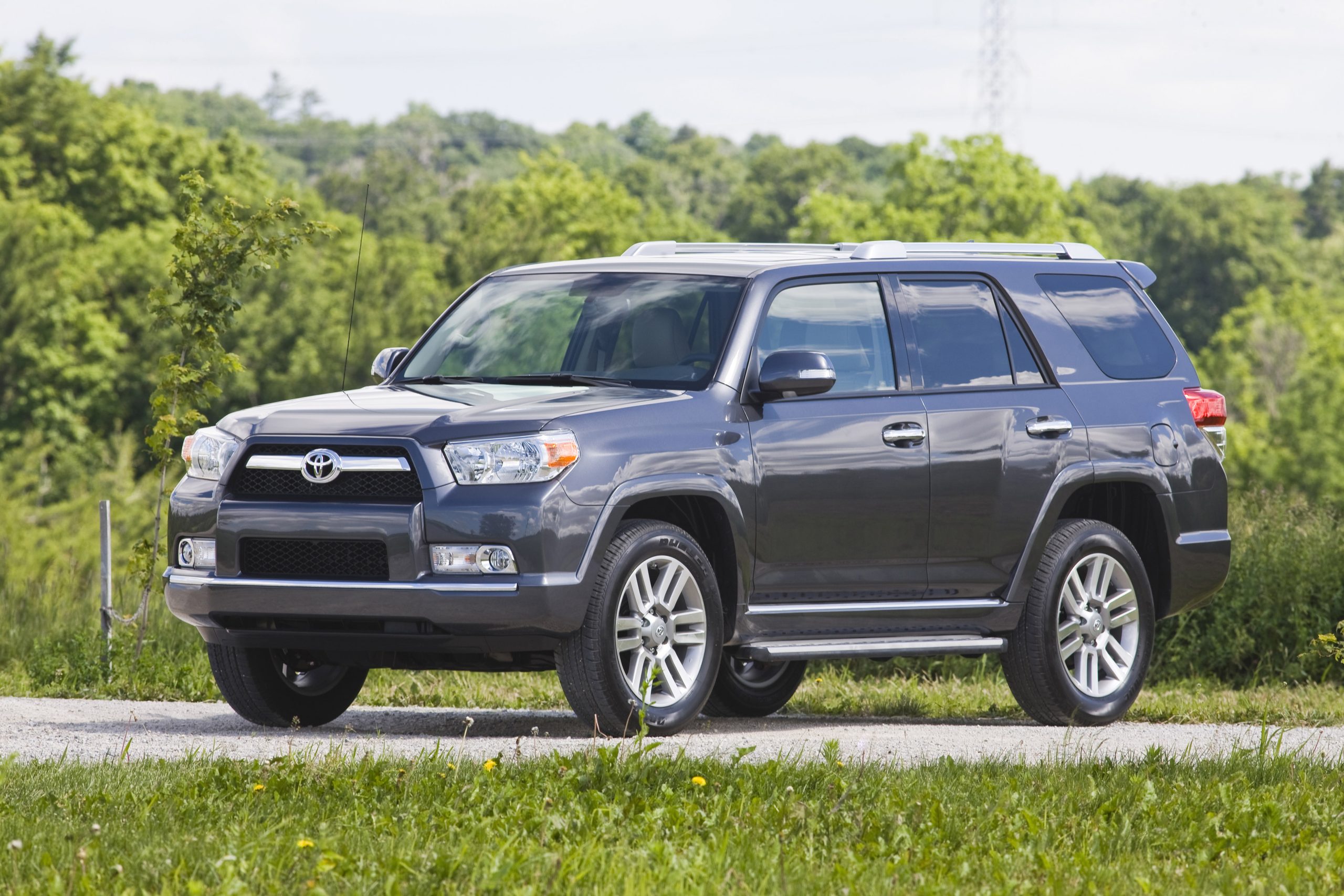
Toyota 4Runner
The Toyota 4Runner is a midsize SUV that combines rugged off-road capability with proven reliability, making it a favorite among buyers who value durability and versatility.
Its value retention is outstanding, regularly exceeding 70% of original value several years after purchase. This is largely due to Toyota’s commitment to building vehicles that withstand harsh environments and daily use without significant issues.
One of the primary reasons the 4Runner holds value so well is its body-on-frame construction, which is increasingly rare among SUVs. This design makes the vehicle more robust and better suited for off-road driving and towing, appealing to a niche market of adventure and outdoor enthusiasts.
The 4Runner’s ruggedness extends beyond its chassis to the engine and suspension, which have a track record of long-term durability. In addition to its mechanical strengths, the 4Runner offers a practical and spacious interior, balancing ruggedness with comfort.
Its interior is designed to be user-friendly and resilient, with materials that endure heavy use, making it attractive to families and outdoor lovers alike. Toyota’s reputation for reliability further reassures buyers, supporting strong demand in the used market.
Moreover, the 4Runner faces limited direct competition in its segment. Many midsize SUVs focus on car-like unibody construction, which appeals to urban buyers but does not provide the same level of ruggedness.
This scarcity of body-on-frame midsize SUVs keeps the 4Runner highly sought after, maintaining strong resale values. Toyota’s strong dealer network and widespread parts availability make ownership and maintenance more convenient and affordable, which also supports the vehicle’s value retention.
Lastly, the 4Runner has a loyal owner base, with many consumers reporting high satisfaction and low total cost of ownership over the long term. This loyalty translates into repeat buyers and stable demand in the resale market. Toyota also offers limited special editions, like the TRD Pro, which add exclusivity and help certain models retain even higher values.
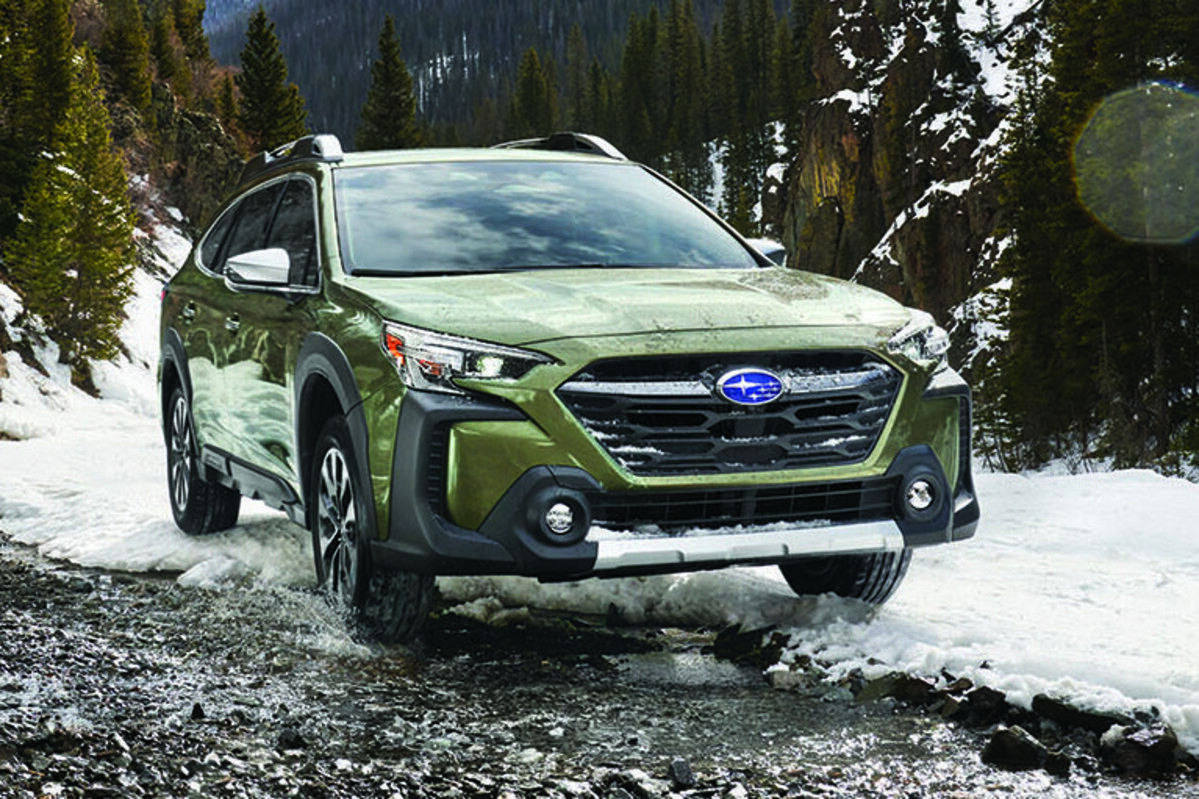
Subaru Outback
The Subaru Outback uniquely blends the attributes of a wagon and an SUV, providing excellent all-weather capability, ample cargo space, and car-like handling.
It retains value exceptionally well, often holding more than 70% of its original price after multiple years. The Outback’s all-wheel-drive system, high safety ratings, and reputation for reliability make it especially popular in regions with harsh winters and challenging road conditions.
Subaru’s symmetrical all-wheel-drive system is a key selling point that sets the Outback apart from many competitors. This system provides superior traction and stability, which appeals to outdoor enthusiasts and safety-conscious buyers.
The car-like driving dynamics, combined with off-road capability, make the Outback versatile for everyday commuting as well as weekend adventures.
Reliability is another crucial factor in the Outback’s strong resale value. Subaru vehicles generally have a reputation for longevity when properly maintained, and the Outback is no exception.
The brand’s focus on durable boxer engines and continuous improvements in engineering ensure that many Outbacks run trouble-free for well over 150,000 miles. This reliability inspires confidence in used buyers, contributing to strong demand.
Furthermore, the Outback boasts a comfortable and spacious interior that accommodates families and outdoor gear alike. Its higher ground clearance compared to typical wagons allows it to tackle rough terrain while maintaining a smooth ride.
Safety features, including advanced driver assistance systems, add to the vehicle’s appeal and resale value. Subaru’s commitment to these technologies attracts buyers prioritizing safety and technology, ensuring the Outback remains competitive in the resale market.
Finally, Subaru’s dedicated customer base and community culture enhance the Outback’s value retention. Owners often become repeat buyers and advocates, creating a positive feedback loop of demand for used models.
The brand’s consistent focus on all-weather capability, safety, and reliability make the Outback a reliable choice for those looking to maximize their vehicle investment.
5 Vehicles That Don’t Retain Over 70% of Their Value
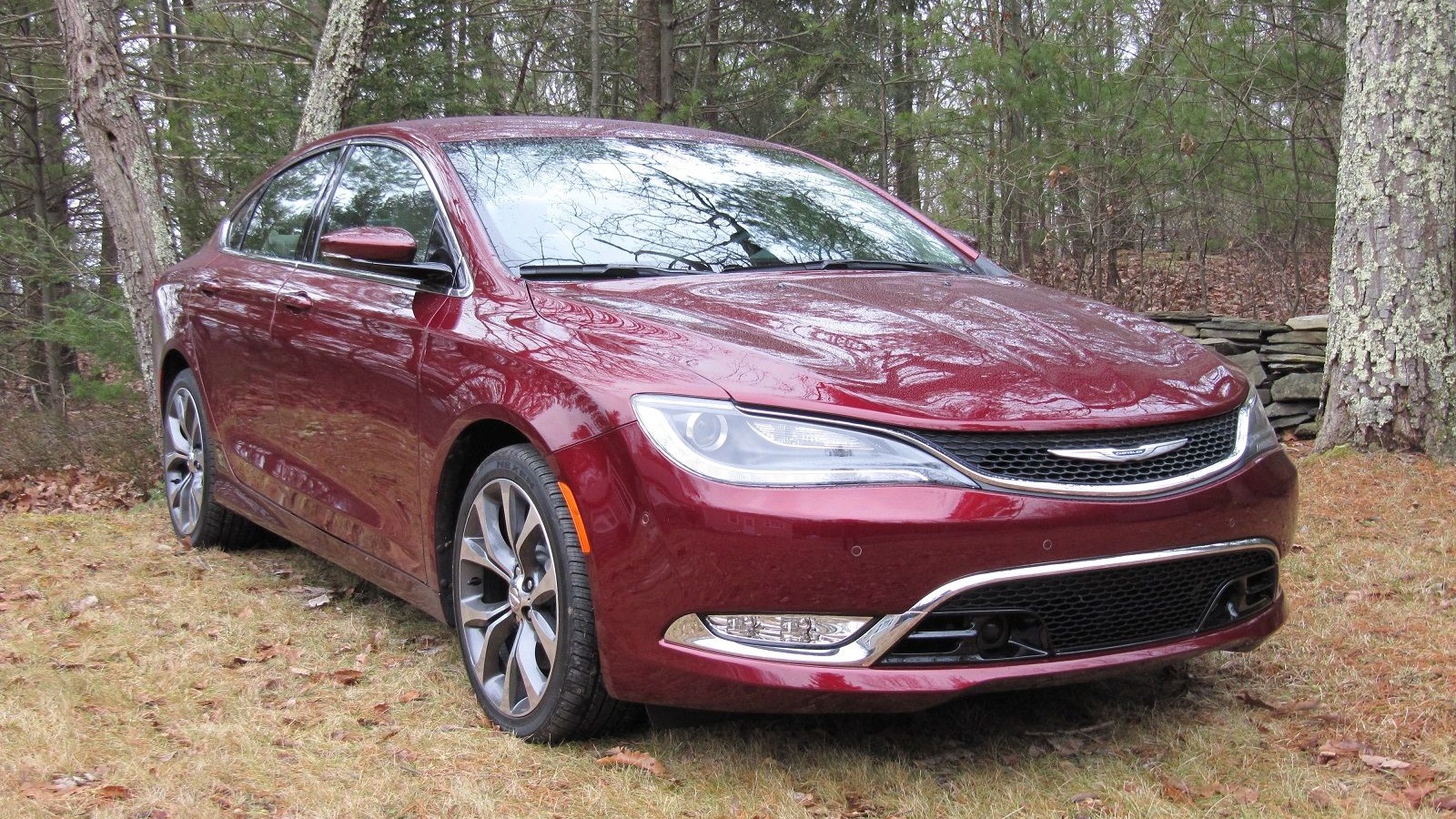
Chrysler 200
The Chrysler 200, a midsize sedan introduced as a successor to the Sebring, entered the market with the goal of redefining Chrysler’s image.
Unfortunately, it failed to resonate with consumers, and its depreciation reflects that struggle. Within a few short years, most Chrysler 200s lose well over 50% of their value. This level of depreciation is one of the steepest in its class, making it a textbook example of a car that struggles to hold its resale price.
One of the primary causes of its value loss was inconsistent build quality. Early models were plagued with issues ranging from powertrain concerns to electronics and interior fit and finish.
Even in the second generation, which offered significant design improvements, lingering doubts about reliability persisted. For many buyers, the risk of frequent repairs or long-term durability outweighed the appeal of the car’s affordable price tag and decent styling.
In addition to mechanical shortcomings, the Chrysler brand has often battled a perception problem. While it offers stylish design and comfortable interiors, Chrysler doesn’t enjoy the same trust as Toyota or Honda when it comes to dependability.
This lack of consumer confidence affects resale values directly. Dealers and private buyers alike are wary of older Chrysler 200s, knowing they may face higher maintenance costs and lower demand in the used market.
The discontinuation of the model in 2017 further cemented its poor resale trajectory. When an automaker stops producing a model, parts availability, servicing, and long-term support can become concerns for prospective buyers.
In the case of the 200, the market also viewed its cancellation as a reflection of underperformance. Combined with a saturated midsize sedan market full of more trusted options, the Chrysler 200 simply couldn’t maintain its value in the long term.
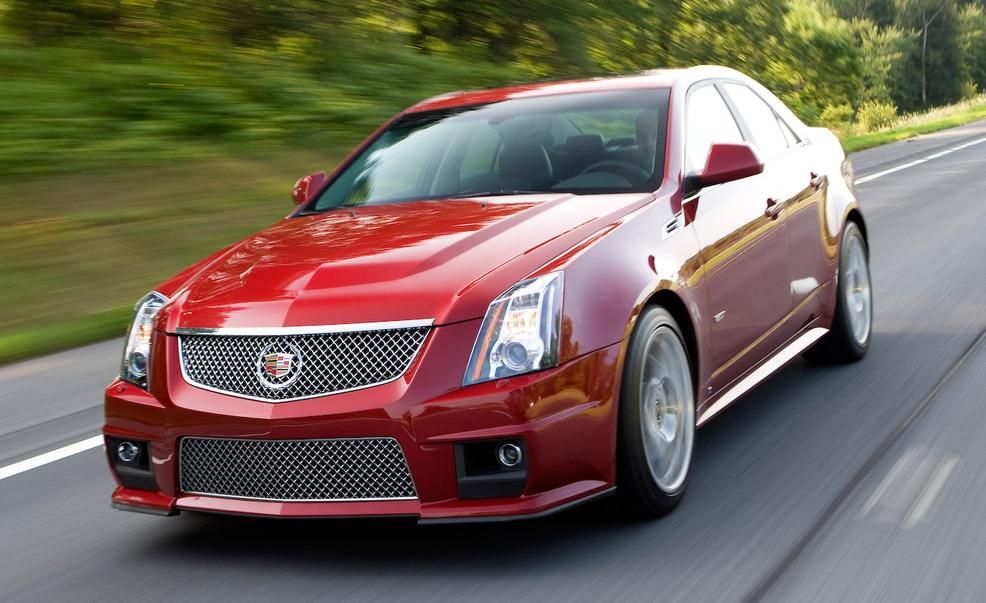
Cadillac CTS
At first glance, the Cadillac CTS seems like it should be a luxury competitor with solid resale value. It offers premium features, bold styling, and powerful engine options.
However, the reality is quite different—CTS models often experience rapid depreciation, losing more than 50% of their original value in a relatively short time. This pattern is surprisingly consistent across several model years and trim levels.
One reason for the steep depreciation is the oversupply in the used luxury sedan market. Vehicles like the BMW 3 Series, Mercedes-Benz C-Class, and Audi A4 dominate consumer preference in this segment.
These European models have stronger reputations for performance, prestige, and resale value. While the CTS was meant to compete with them, it never quite managed to match their brand cachet. As a result, it became less desirable in the used market despite competitive pricing.
Another contributing factor is the high cost of ownership. Luxury vehicles often come with expensive parts, labor-intensive repairs, and higher insurance premiums. The CTS is no exception.
While it may offer strong performance, the ownership experience can be costly once the factory warranty expires. Many used car buyers try to avoid these high long-term costs, especially for vehicles with uncertain reputations for reliability.
Additionally, the CTS was subject to inconsistent quality over the years. Certain model years suffered from issues with infotainment systems, transmissions, or interior electronics.
These problems, combined with Cadillac’s struggle to maintain a consistent brand identity, undermined trust in the product. Unlike the Escalade, which holds value well due to its large SUV appeal, the CTS has failed to carve out a clear, enduring niche in the luxury sedan market.
Even improvements in styling and performance couldn’t save the CTS from market indifference. Cadillac’s pivot to a new naming convention and rebranding efforts have essentially left the CTS behind, further affecting its legacy.
The CTS has become a case study in how even premium features and aggressive pricing cannot make up for a lack of brand strength and long-term trust among used car buyers.
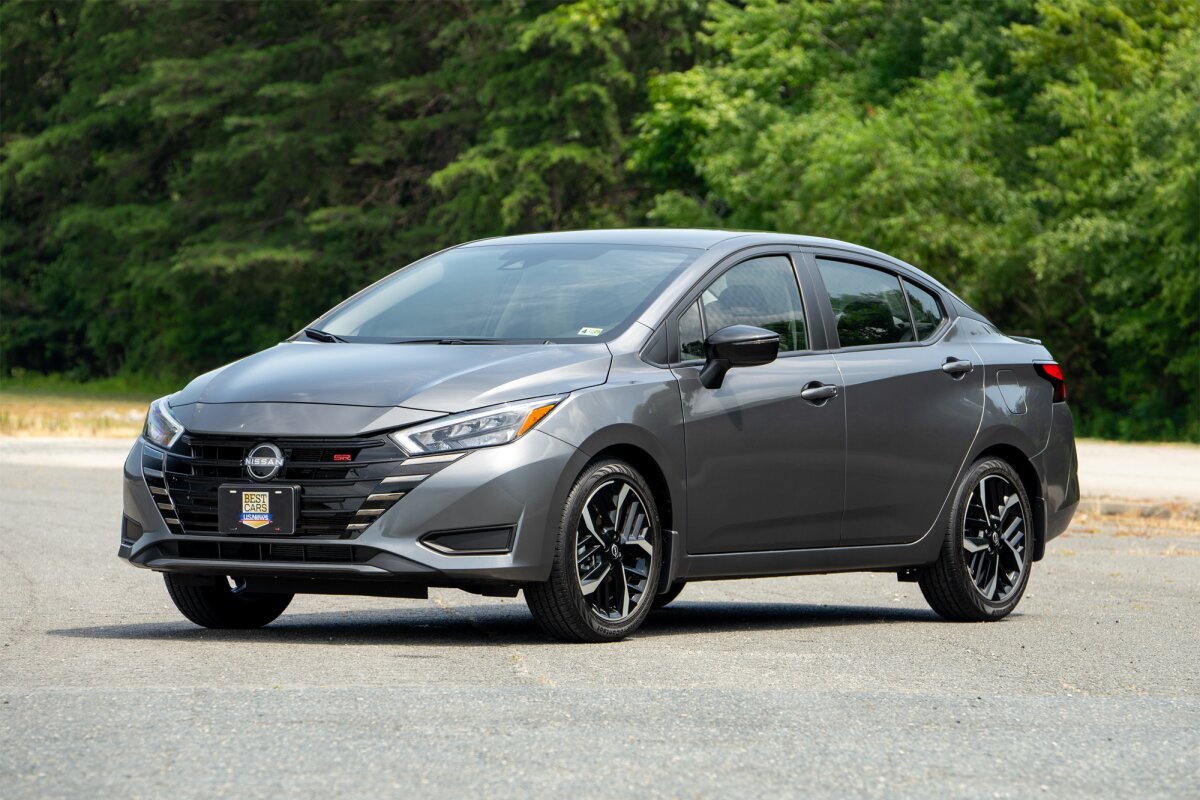
Nissan Versa
The Nissan Versa is one of the most affordable new cars on the market, and that reputation for affordability is a double-edged sword. While its low sticker price makes it attractive to budget-conscious buyers, it also means that resale values are weak. Within just a few years, the Versa can lose more than 60% of its value, making it one of the worst-performing vehicles in terms of depreciation.
A big part of this issue stems from its entry-level positioning. Vehicles marketed primarily on price tend to be associated with minimal features, basic interiors, and performance compromises.
The Versa often lacks the refinement, technology, and comfort that buyers increasingly expect—even in the subcompact segment. As newer, more advanced subcompacts hit the market, older Versas quickly feel dated and undesirable.
Additionally, while the Versa offers solid fuel economy, it doesn’t have the same driving dynamics or reliability record as some of its competitors, such as the Honda Fit or Toyota Yaris.
The engine can feel underpowered, and the transmission—particularly the CVT—has faced criticism for lack of smoothness and long-term durability. These issues lead to concern among used car shoppers, who may seek alternatives with better long-term track records.
Another challenge for the Versa is market saturation. With so many of them sold new at low prices, the used market is flooded with Versas, driving resale values down.
Supply outpaces demand, especially since buyers in this segment often seek newer models with updated safety features and infotainment. As a result, resale prices suffer further, even for well-maintained examples.
Lastly, the Versa’s overall ownership experience doesn’t inspire loyalty or word-of-mouth support in the way more engaging or reliable vehicles do. It’s often seen as a temporary solution or a first car, not a long-term investment. This perception affects how it’s treated by owners and valued in the resale market, reinforcing its cycle of rapid depreciation.
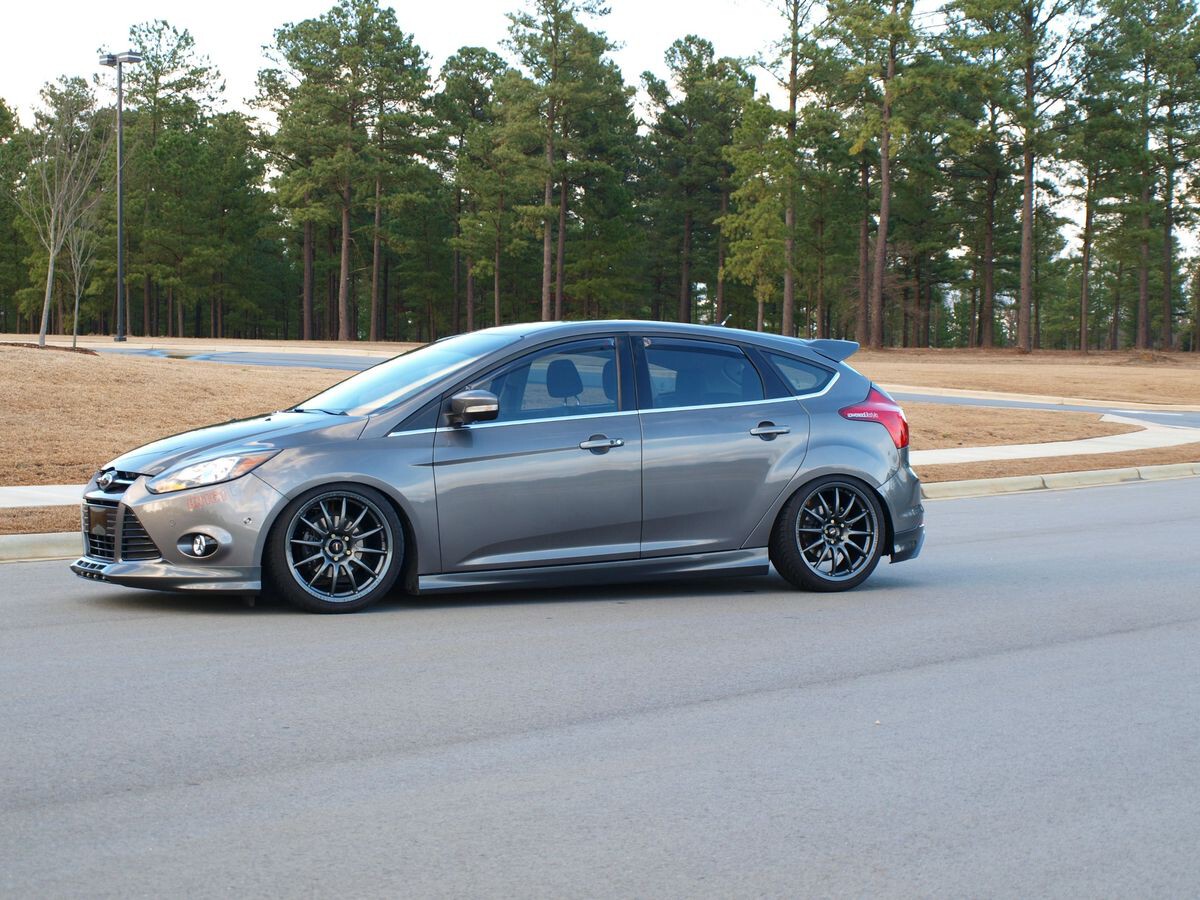
Ford Focus
The Ford Focus once had a strong reputation as a fun-to-drive, fuel-efficient compact car, but its resale performance has deteriorated over the years due to a combination of reliability concerns and shifting market preferences.
Today, many used Focus models retain less than 50% of their original value after just a few years of ownership. This is a significant fall from the model’s earlier popularity.
Much of the Focus’s decline in value can be traced to widespread issues with the PowerShift dual-clutch automatic transmission used in several model years.
Numerous consumer complaints, lawsuits, and recalls related to this transmission severely impacted public confidence in the vehicle. The result was a tarnished reputation that lingers even for model years unaffected by the issue. For a buyer in the used market, the Focus became synonymous with unreliability.
Ford’s retreat from the sedan and hatchback market also played a role in the Focus’s depreciation. The brand’s shift toward SUVs and trucks, while strategically sound for its bottom line, signaled a lack of long-term support for the model. Buyers worry about future parts availability and a shrinking support network, especially as fewer dealers stock parts or service these discontinued sedans.
Furthermore, the compact car segment as a whole has lost favor in the North American market. Many buyers have shifted to small crossovers, which offer similar fuel efficiency with added space and utility.
As a result, demand for traditional compact sedans like the Focus has plummeted, leading to lower resale values across the board. Even the Focus ST and RS, which enjoyed brief popularity among performance enthusiasts, have seen their value soften due to limited aftermarket support and a niche buyer pool.
Lastly, the Focus’s interior and technology offerings lagged behind competitors in its later years. While the early 2010s models were considered competitive, newer rivals introduced more advanced infotainment systems, driver assistance features, and better cabin materials.
These changes made the Focus feel outdated, diminishing its appeal to tech-savvy used car shoppers and accelerating its depreciation.
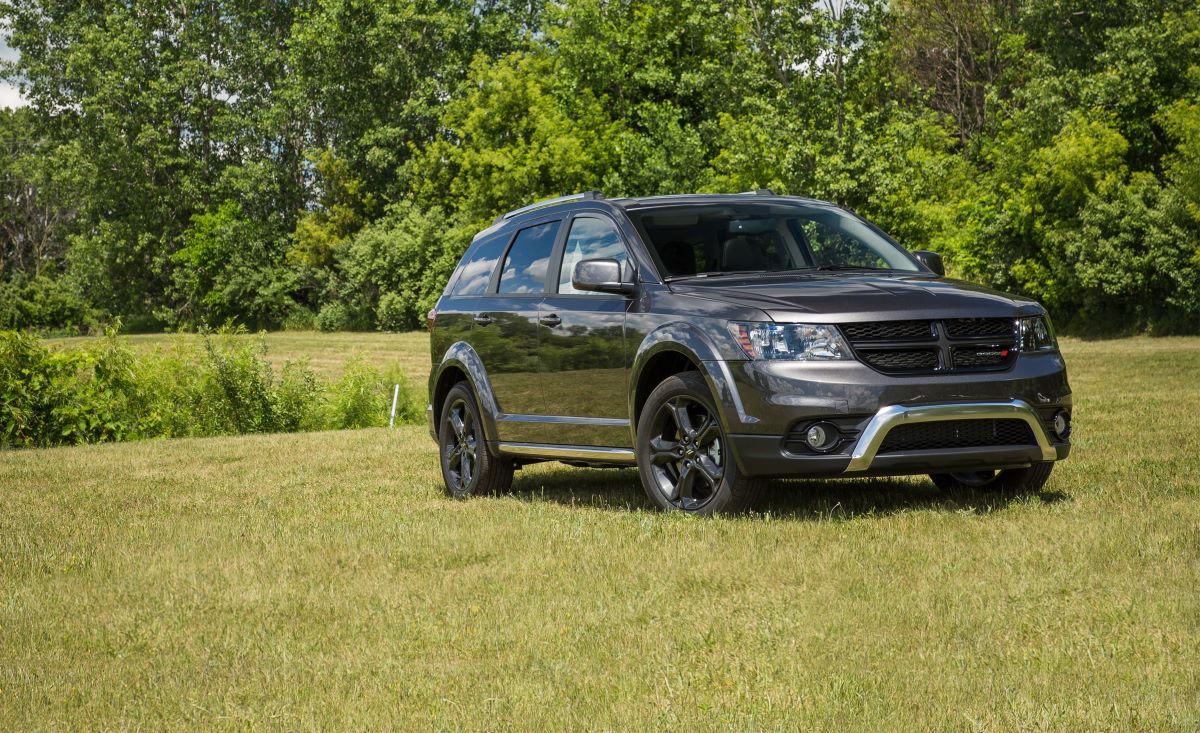
Dodge Journey
The Dodge Journey is a midsize crossover SUV that, despite its appealing sticker price and spacious interior, has one of the worst depreciation rates in its class.
It frequently retains less than 40–45% of its original value after just a few years, often ranking at the bottom of resale value charts. A combination of outdated design, reliability concerns, and weak brand reputation all contribute to its poor performance in the used market.
The Journey’s design was never significantly updated during its long production run. While competitors like the Honda CR-V and Toyota RAV4 evolved with sleeker styling and advanced technology, the Journey remained largely unchanged.
Its dated interior, limited infotainment capabilities, and mediocre materials gave it an old-fashioned feel that struggled to compete in a fast-moving SUV market. Buyers looking for modern features often passed it over, both new and used.
Additionally, the Journey was plagued by mechanical issues and subpar build quality. Early models, in particular, suffered from transmission and engine problems, which further damaged the vehicle’s reputation.
Even though later models improved slightly, the lingering association with reliability concerns deterred used car buyers. Combined with poor crash test ratings and average fuel economy, the Journey didn’t offer enough value to justify its ownership cost, new or used.
Another factor in its depreciation is Dodge’s general brand positioning. While Dodge vehicles are known for performance and affordability, they often fall behind in terms of longevity and build refinement.
This perception carries over into the resale market, where vehicles like the Journey are viewed as inexpensive but risky purchases. Buyers often fear that a lower upfront price comes with a higher maintenance burden, and resale values suffer accordingly.
Lastly, Dodge’s decision to discontinue the Journey without a direct replacement left it without a legacy to uphold. This left owners with a vehicle that not only depreciates rapidly but is also unsupported in future model planning.
With better alternatives available at similar prices—both new and used—the Dodge Journey continues to struggle with value retention, making it a cautionary tale for anyone looking for long-term vehicle investment.
Also Read: 5 Cars With the Cheapest Brake Jobs and 5 With Costly Discs
As we’ve seen throughout this discussion, vehicle depreciation is more than just a line on a balance sheet—it’s a fundamental factor in determining the long-term cost and value of your automotive investment.
Whether you’re purchasing a brand-new vehicle or considering a used model, understanding which cars retain their value and which ones don’t can significantly impact your financial well-being.
It can influence how much you pay over the life of the car, how much you get back when it’s time to sell, and even the terms of your lease or trade-in agreement. In essence, depreciation is one of the hidden levers in the economics of car ownership, and it’s one that every savvy buyer should be aware of.
Vehicles like the Toyota Tacoma, Jeep Wrangler, Porsche 911, Toyota 4Runner, and Subaru Outback demonstrate what happens when manufacturers get it right. These vehicles combine exceptional reliability, loyal followings, strong brand reputations, and broad market appeal to create a sort of “value fortress” that shields them from the rapid depreciation that plagues much of the automotive world.
They may not always be the cheapest vehicles to buy upfront, but their long-term cost of ownership is often significantly lower because they hold their value so well. Owners of these models are often pleasantly surprised at trade-in time or when they decide to sell, discovering that their vehicle has retained a larger portion of its original value than expected.
These high-value vehicles also tend to be those with a purpose. Trucks and off-road SUVs offer utility, dependability, and performance that age gracefully over time.
Sports cars like the Porsche 911 enjoy an almost mythic status that transcends typical resale logic. In all cases, strong resale value is the result of alignment between quality, function, and consumer perception. These vehicles don’t just meet expectations—they exceed them in a way that builds lasting trust and desirability in the used market.
On the other side, vehicles like the Chrysler 200, Cadillac CTS, Nissan Versa, Ford Focus, and Dodge Journey illustrate the consequences of failing to capture long-term consumer confidence. These models depreciate rapidly for a variety of reasons—mechanical issues, inconsistent quality, brand instability, or simply a lack of demand.
While they may have offered appealing purchase prices or attractive features at the time of sale, their weaknesses became apparent over time, leading to steep resale discounts. For owners, that means greater financial losses, lower trade-in values, and less flexibility when it’s time to upgrade.
In many cases, these vehicles are victims of a fast-changing automotive landscape. As consumer preferences shift toward crossovers, hybrids, electric vehicles, and tech-loaded models, cars that lag behind in these areas are punished in the used market. Even brands with long histories can stumble if they release a vehicle that misses the mark, or if they fail to back it up with long-term reliability and support.
Ultimately, vehicle value retention is about much more than market trends—it reflects how a vehicle is built, how it performs, how it ages, and how it is perceived. The more you understand these dynamics, the better your chances of making a purchase that aligns with your financial goals.
Whether you’re a casual commuter, an off-road enthusiast, or a sports car aficionado, choosing a vehicle that holds its value is a smart move that pays dividends down the road. So before you sign the dotted line on your next vehicle purchase, take a moment to consider what lies beyond the sticker price. Because in the end, the car that holds its value isn’t just a smarter buy—it’s a reflection of smart ownership.

